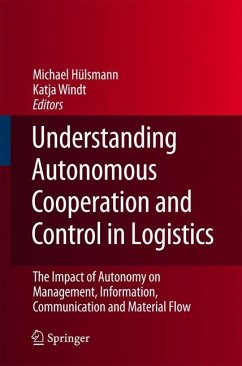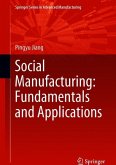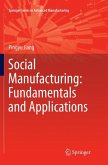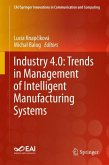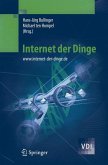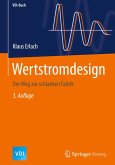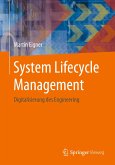One of the great challenges in flexible production and supply chains is the availability of necessary information at any time and any place. As a result of increasing dynamical and structural complexity of structures and processes in production it is often impossible to make all necessary information available to a central instance in real time and to perform appropriate measures of control in terms of a defined target system. A fast and flexible adaptation to changing basic conditions ought to be achieved by establishing autonomous logistics processes.
In this context several fundamental questions concerning autonomous cooperating logistics processes were investigated:
The identification problem: What are autonomous logistics processes and how do they differ from conventionally managed processes?
The description problem: Which changes will autonomy cause in order processing?
One of the first results is a definition for the term autonomy for applications in engineering science. The constituent characteristics of this definition were considered within the development of the catalogue of criteria in order to describe autonomous logistic processes. Regarding the modelling of autonomous processes, first requirements for modelling methods were specified. To validate the research results, a production-logistic shop-floor scenario and a practical scenario based on the real business processes of an automobile terminal were developed. Simulation studies concerning autonomously controlled allocation of parking areas document comprehensive opportunities for improvement.
In this context several fundamental questions concerning autonomous cooperating logistics processes were investigated:
The identification problem: What are autonomous logistics processes and how do they differ from conventionally managed processes?
The description problem: Which changes will autonomy cause in order processing?
One of the first results is a definition for the term autonomy for applications in engineering science. The constituent characteristics of this definition were considered within the development of the catalogue of criteria in order to describe autonomous logistic processes. Regarding the modelling of autonomous processes, first requirements for modelling methods were specified. To validate the research results, a production-logistic shop-floor scenario and a practical scenario based on the real business processes of an automobile terminal were developed. Simulation studies concerning autonomously controlled allocation of parking areas document comprehensive opportunities for improvement.

